Species Photo Gallery for Gyponana octolineata No Common Name 27 |
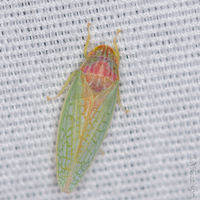 | Photo by: Lior Carlson
Orange Co.
Comment: | 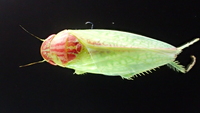 | Photo by: Erich Hofmann
New Hanover Co.
Comment: https://www.inaturalist.org/observations/59239995 |
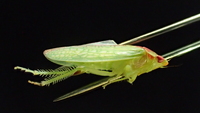 | Photo by: Erich Hofmann
New Hanover Co.
Comment: https://www.inaturalist.org/observations/59239995 | 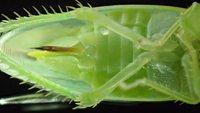 | Photo by: Erich Hofmann
New Hanover Co.
Comment: https://www.inaturalist.org/observations/59239995 |
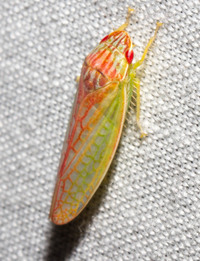 | Photo by: Steve Hall
Orange Co.
Comment: At moth sheet | 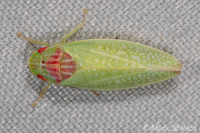 | Photo by: Mark Shields
Onslow Co.
Comment: |
 | Photo by: Vin Stanton
Buncombe Co.
Comment: wooded residential neighborhood | 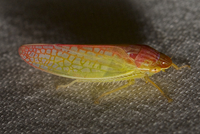 | Photo by: Jim Petranka and Becky Elkin
Madison Co.
Comment: |
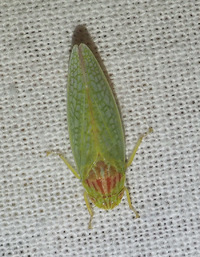 | Photo by: Randy Emmitt
Orange Co.
Comment: LED light | 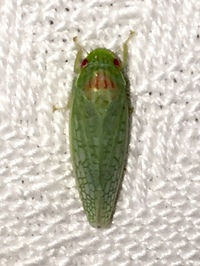 | Photo by: Ken Kneidel
Yancey Co.
Comment: forest edge with small lawn and meadow nearby |
 | Photo by: K. Bischof
Beaufort Co.
Comment: GOCR | 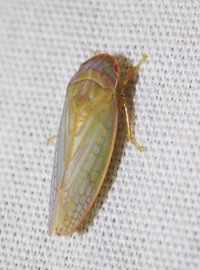 | Photo by: R Emmitt
Orange Co.
Comment: maybe a Gyponana - unid_leafhopper |
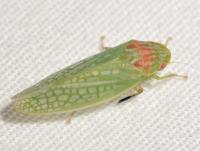 | Photo by: Kyle Kittelberger
Wake Co.
Comment: |  | Photo by: Rob Van Epps
Mecklenburg Co.
Comment: Open area near woods. Attracted to black light. |
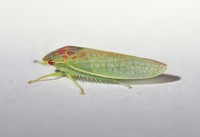 | Photo by: Rob Van Epps
Mecklenburg Co.
Comment: Open area near woods. Attracted to black light. | 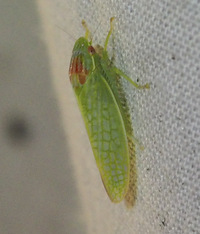 | Photo by: R Emmitt
Orange Co.
Comment: stayed near the mercury light. |
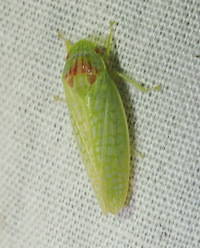 | Photo by: R Emmitt
Orange Co.
Comment: stayed near the mercury light. |  | Photo by: Kyle Kittelberger, Brian Bockhahn, Paul Scharf
Warren Co.
Comment: open grassy area within mixed hardwood forest habitat; slight hint of orange on pronotum |
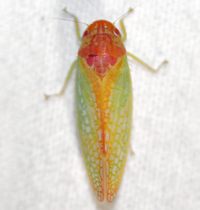 | Photo by: Kyle Kittelberger, Brian Bockhahn
Rockingham Co.
Comment: grassy area near mixed hardwood forest and a pond | 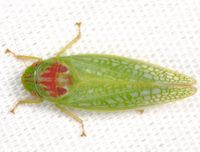 | Photo by: Kyle Kittelberger
Wake Co.
Comment: open habitat near mixed hardwood forest edge; on a lawn |
 | Photo by: Kyle Kittelberger
Wake Co.
Comment: open habitat near mixed hardwood forest edge; on a lawn | 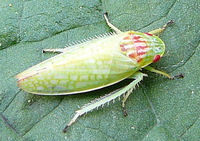 | Photo by: FKW
Camden Co.
Comment: DISW - Behind shop fence. |
 | Photo by: Paul Scharf
Warren Co.
Comment: attracted to Light | 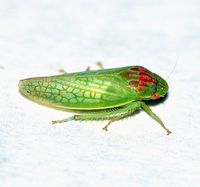 | Photo by: Paul Scharf
Warren Co.
Comment: attracted to Light |
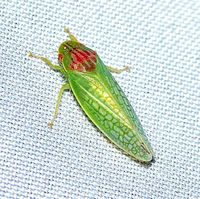 | Photo by: Paul Scharf
Warren Co.
Comment: Attracted to Black light | 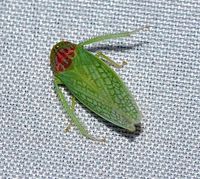 | Photo by: Paul Scharf
Warren Co.
Comment: Attracted to Black light |
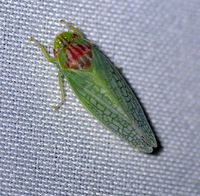 | Photo by: Paul Scharf
Warren Co.
Comment: Attracted to Black light |

 »
»
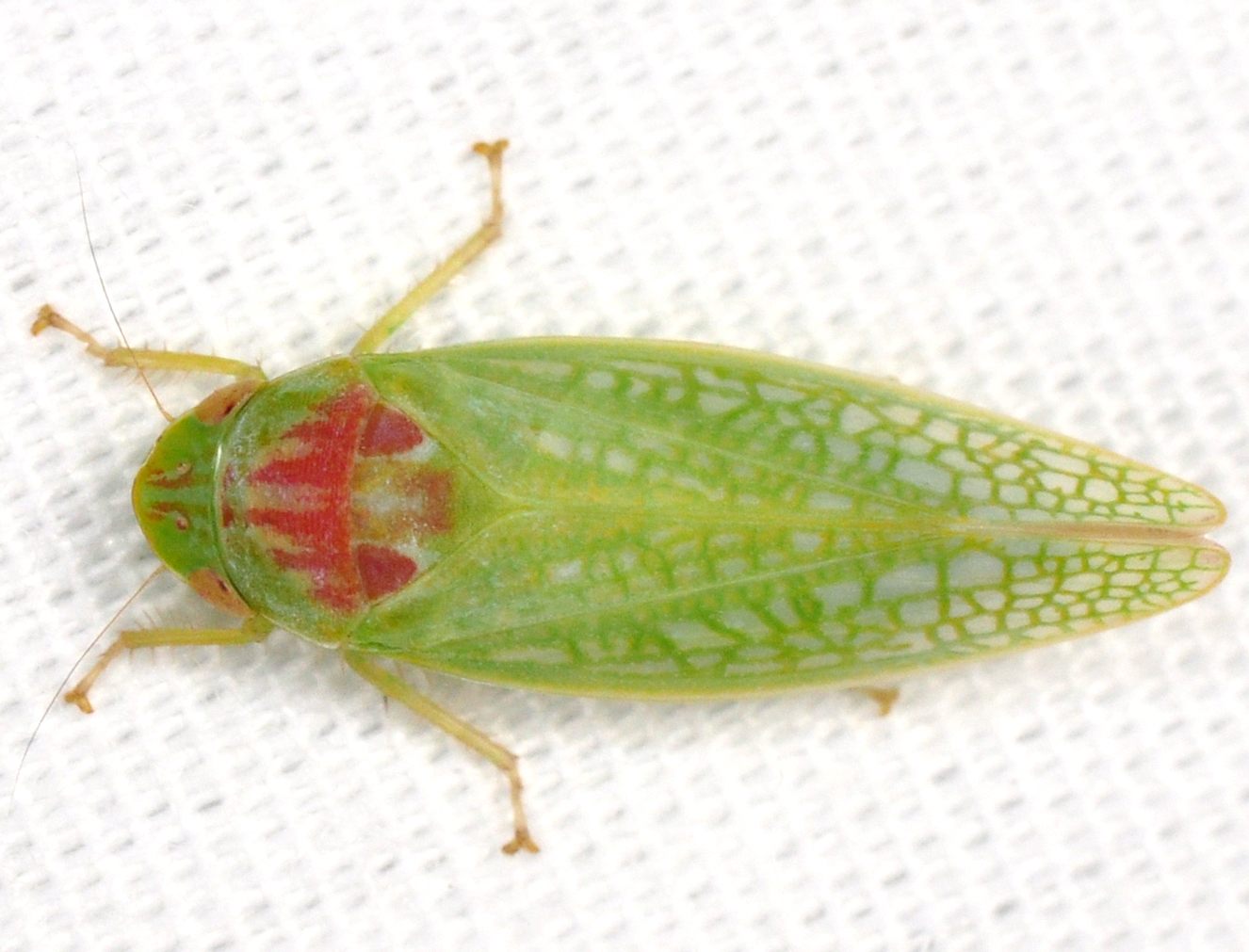
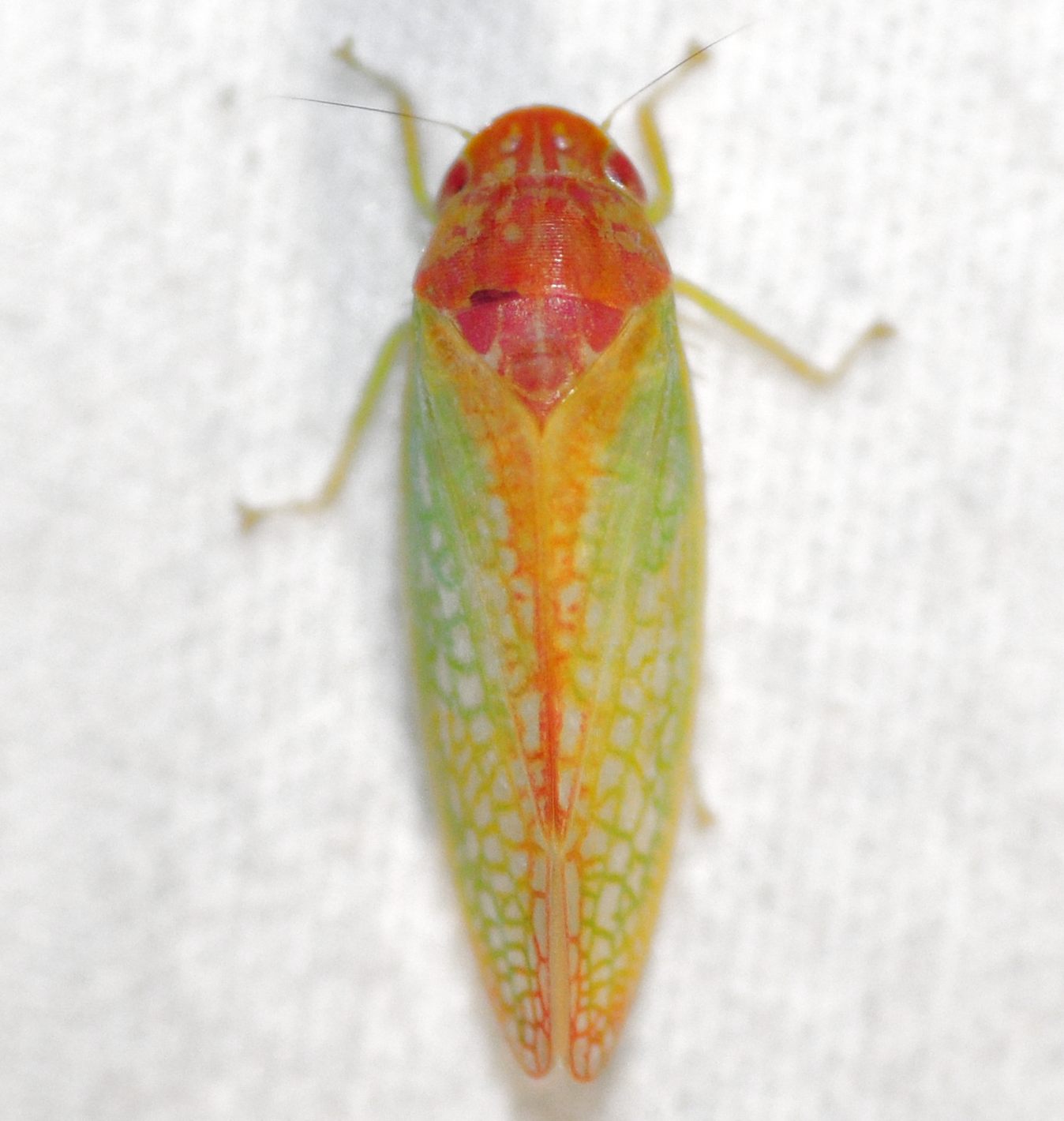
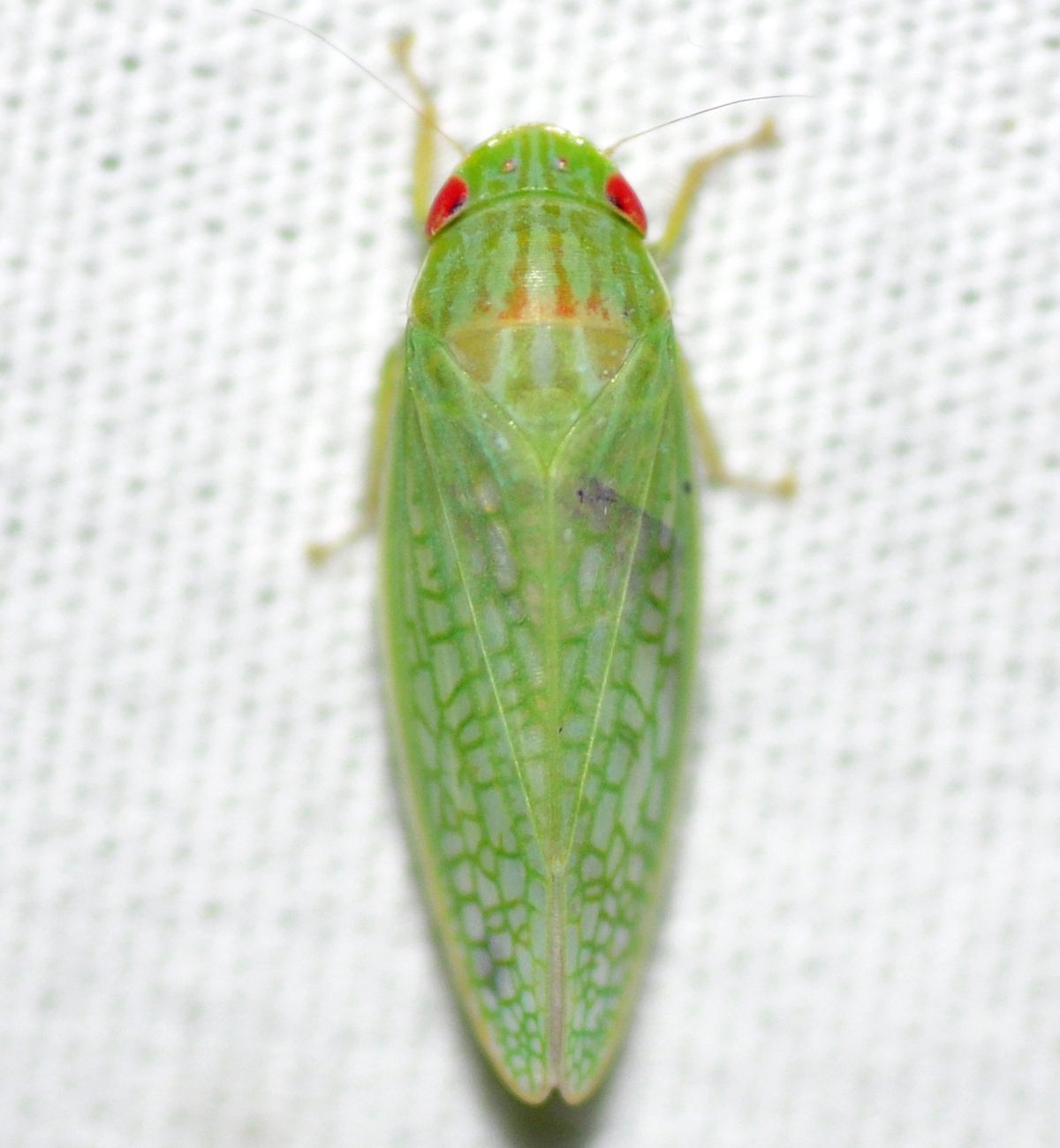

 »
»


